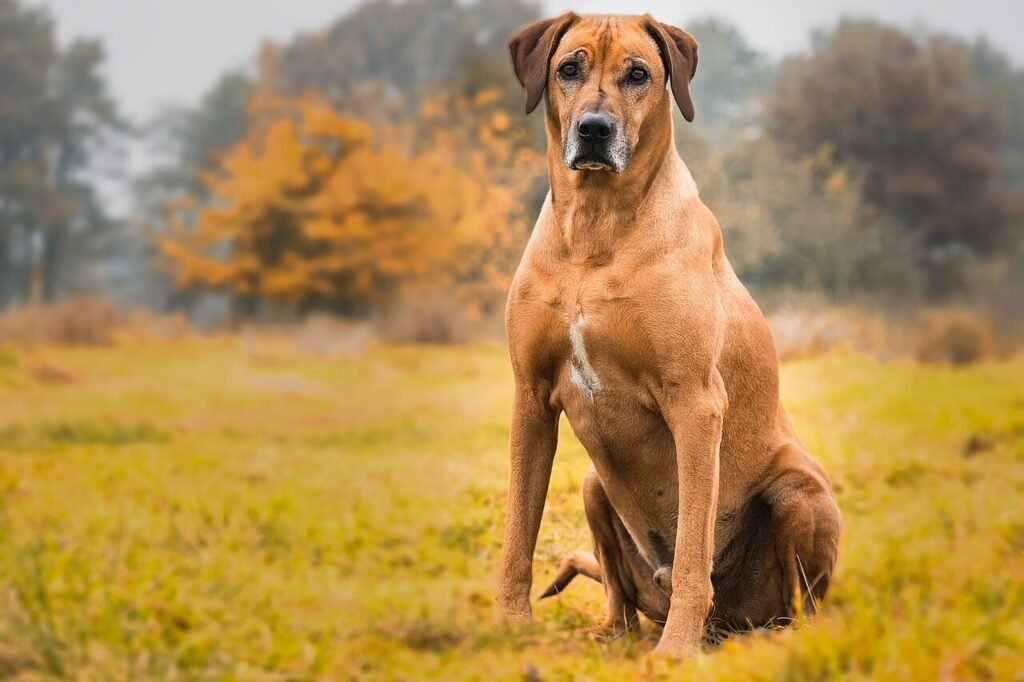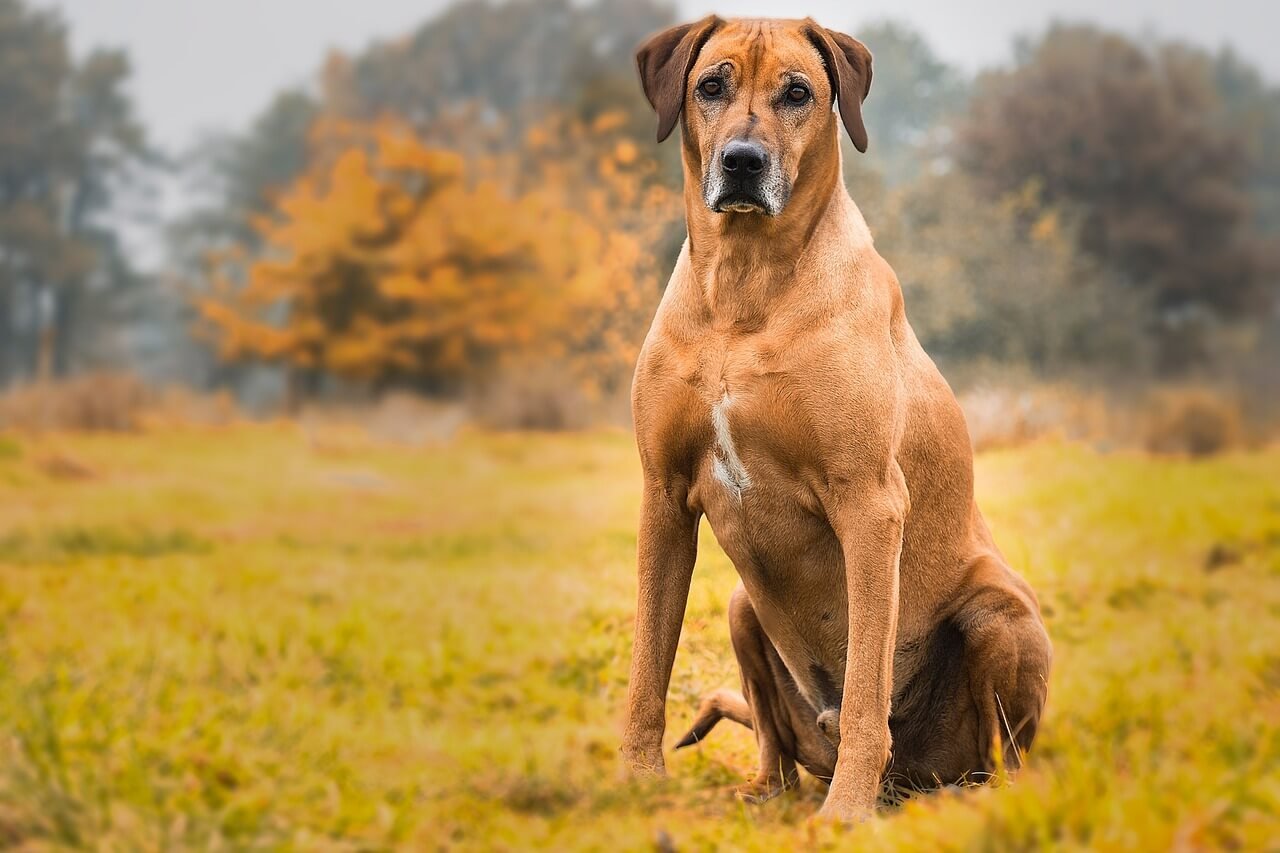How Do I Know If My Dog Ate Something Bad? Signs to Watch For
As a loving dog owner, it’s natural to worry about what your furry friend might get into when you’re not looking. Dogs are curious creatures, and their tendency to explore the world with their mouths can sometimes lead them to ingest things they shouldn’t. Whether it’s a piece of chocolate, a stray sock, or something toxic from the backyard, knowing how to identify if your dog has eaten something bad is crucial for their safety. In this blog post, we’ll explore the signs that indicate your dog may have ingested something harmful, what steps to take, and how to prevent such incidents in the future. Let’s dive in and ensure your pup stays safe and healthy!
Signs Your Dog May Have Eaten Something Bad
Dogs can’t tell us when they’ve swallowed something dangerous, so it’s up to us to recognize the warning signs. Here are some common symptoms that may indicate your dog has ingested something harmful:
Vomiting or Diarrhea: These are often the first signs that your dog’s digestive system is reacting to something unusual.
Lethargy or Weakness: If your dog seems unusually tired or uninterested in activities, it could be a sign of poisoning or blockage.
Excessive Drooling: This may indicate nausea or irritation caused by ingesting something toxic or indigestible.
Loss of Appetite: A sudden refusal to eat can signal discomfort or pain from something they’ve swallowed.
Pawing at the Mouth: This behavior often suggests your dog is trying to remove an object stuck in their mouth or throat.
If you notice any of these signs, it’s important to act quickly to determine the cause and seek veterinary care if necessary.
Common Household Items That Are Dangerous to Dogs
Many everyday items around the house can pose a risk to your dog if ingested. Being aware of these hazards can help you prevent accidents before they happen. Here’s a list of common dangers to watch out for:
Chocolate and Sweets: Chocolate contains theobromine, which is toxic to dogs, and sugar-free candies with xylitol can cause severe reactions.
Household Cleaners: Bleach, detergents, and other chemicals can irritate or poison your dog if licked or swallowed.
Small Objects: Toys, coins, or hair ties can cause choking or intestinal blockages if swallowed.
Medications: Over-the-counter and prescription drugs meant for humans can be life-threatening to dogs.
Plants and Flowers: Certain plants like lilies, azaleas, and sago palms are toxic and should be kept out of reach.
By keeping these items secure and out of your dog’s reach, you can reduce the risk of accidental ingestion.
Check this guide 👉What to Do If My Dog Ate Avocado: Best 7 Expert Tips!
Check this guide 👉What to Do If Your Dog Ate Orange Peel: Best 7 Tips!
Check this guide 👉What to Do If Your Dog Ate One Raisin: Best 7 Expert Tips!

Signs Your Dog Ate Something Bad | Possible Causes |
|---|---|
Vomiting or diarrhea | Ingestion of spoiled food or toxins |
Lethargy or weakness | Poisoning or internal blockage |
Excessive drooling | Nausea or irritation from a foreign object |
Loss of appetite | Discomfort or pain in the stomach |
Pawing at the mouth | Something stuck in the mouth or throat |
What to Do If You Suspect Your Dog Ate Something Bad
If you suspect your dog has ingested something harmful, acting quickly can make all the difference. Here’s what you should do in such a situation:
Stay Calm and Assess the Situation: Take a moment to observe your dog and gather information about what they may have eaten.
Check for Visible Evidence: Look for remnants of the item, packaging, or any other clues that can help identify the substance.
Contact Your Veterinarian: Call your vet immediately for advice on how to proceed, especially if the item is toxic.
Do Not Induce Vomiting Without Guidance: Some substances can cause more harm if vomited, so always consult a professional first.
Monitor Your Dog Closely: Keep an eye on their symptoms and behavior while waiting for further instructions.
Taking these steps ensures you handle the situation responsibly and give your dog the best chance of recovery.
How to Prevent Your Dog from Eating Something Bad
Prevention is always better than dealing with an emergency. Here are some practical tips to minimize the risk of your dog ingesting something harmful:
Dog-Proof Your Home: Store hazardous items like cleaning supplies, medications, and small objects in secure, inaccessible areas.
Supervise Outdoor Time: Keep an eye on your dog during walks or playtime in the yard to prevent them from eating unknown objects.
Provide Safe Chew Toys: Offer durable, dog-safe toys to satisfy their chewing instincts and reduce curiosity about unsafe items.
Teach the “Leave It” Command: Training your dog to avoid picking up objects can prevent accidental ingestion.
Keep Trash Secure: Use trash cans with lids or locks to prevent your dog from rummaging through potentially dangerous garbage.
By implementing these preventive measures, you can create a safer environment for your dog and reduce the likelihood of accidents.
What You Can Feed Your Dog Without Worry
While it’s important to know what’s harmful to your dog, it’s equally helpful to be aware of foods that are safe and even beneficial for them. Offering these treats can satisfy their curiosity without risking their health. Here’s a list of dog-friendly foods:
Carrots: Low in calories and high in fiber, carrots are a crunchy snack that supports dental health.
Plain Cooked Chicken: A great source of protein, as long as it’s unseasoned and bone-free.
Peanut Butter (Xylitol-Free): A tasty treat that’s rich in healthy fats and proteins.
Blueberries: Packed with antioxidants, these make a nutritious and hydrating snack.
Pumpkin (Plain, Canned): Helps with digestion and can alleviate both diarrhea and constipation when given in moderation.
By offering these safe alternatives, you can indulge your dog’s cravings while keeping them healthy and happy. Always introduce new foods gradually and in small amounts.
When to Seek Professional Help for Your Dog
If you suspect your dog has eaten something bad, there are certain red flags that indicate an immediate trip to the vet is necessary. Knowing these signs can save precious time and potentially your dog’s life. Here’s what to look for:
Difficulty Breathing: Labored or rapid breathing may indicate poisoning or a blockage in the airway.
Seizures or Tremors: These are serious symptoms often associated with toxic ingestion, such as chocolate or household chemicals.
Swollen Abdomen: Could signal bloat or intestinal obstruction, which requires urgent veterinary attention.
Collapse or Unresponsiveness: A sign of severe toxicity or shock that demands immediate care.
Persistent Vomiting or Diarrhea: If it doesn’t resolve within a few hours, dehydration and further complications may occur.
Recognizing these critical symptoms ensures you get your dog the help they need before the situation worsens. Always err on the side of caution when in doubt.
Creating a Safe Environment for Your Curious Pup
Dog-proofing your home is one of the best ways to prevent accidents and ensure your dog stays out of trouble. Taking proactive steps can save you from unnecessary stress and vet bills. Here’s how to make your home safer:
Install Baby Gates: Use gates to block off areas with hazards like cleaning supplies or fragile items.
Secure Trash Cans: Choose cans with locking lids to prevent your dog from scavenging through garbage.
Store Medications Safely: Keep all human and pet medications in high, locked cabinets to avoid accidental ingestion.
Tie Up Electrical Cords: Use cord organizers or hide wires to prevent chewing and potential electrocution.
Remove Toxic Plants: Replace hazardous plants with dog-safe varieties to eliminate this risk entirely.
By implementing these strategies, you can create a secure environment where your dog can explore safely. Prevention is key to ensuring their curiosity doesn’t lead to harm.
Frequently Asked Questions About Dogs Eating Harmful Items
How do I know if my dog ate something bad?
Look for symptoms like vomiting, lethargy, drooling, loss of appetite, or pawing at the mouth.
What should I do if my dog eats chocolate?
Contact your vet immediately, as chocolate contains theobromine, which is toxic to dogs.
Can dogs digest small objects like socks or toys?
Small objects can cause blockages in the digestive tract and may require surgical removal.
Is it safe to induce vomiting at home?
No, never induce vomiting without consulting a vet, as some substances can cause more harm if vomited.
What household plants are toxic to dogs?
Lilies, azaleas, sago palms, and certain ferns are among the plants that can harm dogs if ingested.
Final Thoughts: Keeping Your Dog Safe and Healthy
Knowing how to identify if your dog has eaten something bad is essential for their well-being. By staying vigilant, recognizing the warning signs, and taking swift action when needed, you can protect your furry friend from harm. Prevention plays a key role, so dog-proofing your home and teaching good habits can go a long way in ensuring your dog’s safety. Remember, your dog relies on you to keep them out of trouble, and with a little effort and care, you can create a happy, hazard-free environment for them. Together, let’s keep those tails wagging and those noses out of trouble!
Understanding Scabs in Dogs Ears: Best 7 Tips! Learn how to identify, treat, and prevent scabs in your dog’s ears for optimal ear health.
Is Cinnamon Bad for Dogs? Best 7 Health Tips! Discover safe ways to use cinnamon, risks to avoid, and expert advice to keep your dog healthy.
Can Dogs Get Pneumonia from Humans? Best 7 Tips! Learn how to protect your dog, understand transmission risks, and ensure their respiratory health.
Can Dog Urine Make You Sick? Best 7 Health Tips! Learn how to stay safe, prevent illness, and handle exposure to dog urine effectively.





